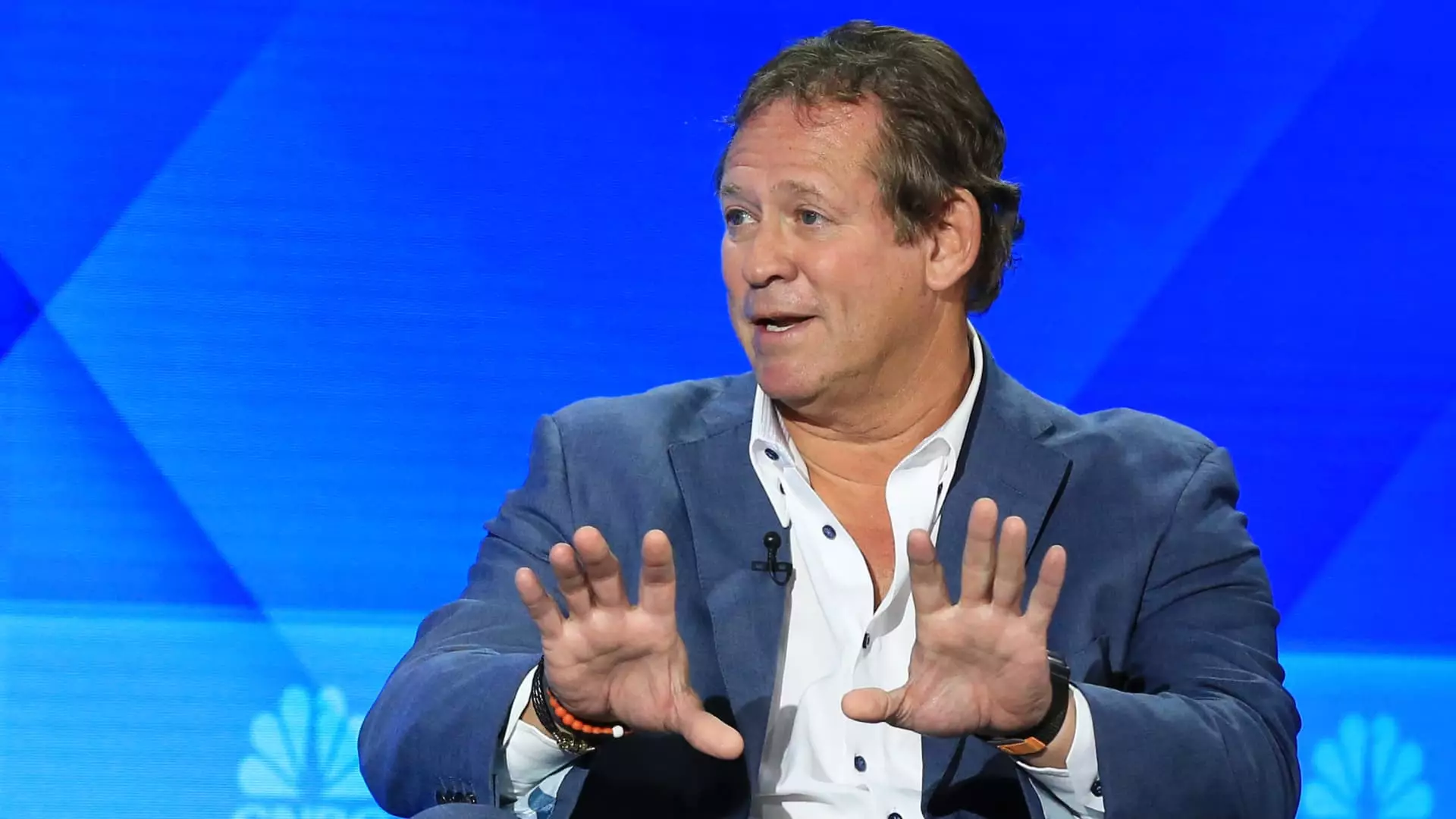5 Powerful Reasons Why Today’s Bond Market Represents a Rare Investor Lifeline

For years, bond markets have languished under persistently low interest rates, frustrating investors who sought reliable income streams without taking on excessive risk. Now, after the sharp repricing of rates in 2022, we are witnessing what could genuinely be called a generational opportunity in fixed income. Rick Rieder, BlackRock’s global fixed income CIO, aptly describes this moment as one he has waited decades for. The surge in bond yields is not simply a fleeting event but a structural reset that investors must seize while it lasts.
The elevated yields offer more than mere junk bond-like risk compensation. Unlike the past two decades, where returns were suppressed and many investors chased yield at the expense of safety, today’s environment delivers genuinely high coupons from fundamentally sound issuers. Companies have strengthened their balance sheets since the pandemic-induced debt binge, reducing leverage and improving credit profiles. This healthier corporate backdrop means investors can confidently earn higher income without surrendering their capital to excessive defaults.
Fixed Income’s Evolving Role Amid Market Shifts
Traditional wisdom holds that bonds act as a safe harbor during equity market downturns. However, Rieder notes that the conventional bond “duration hedge” – the price sensitivity of bonds to interest rate changes – has faltered recently. Rising rates and inflation uncertainties have weakened bonds’ ability to counterbalance stock losses as reliably as before.
Yet, the consistent income generated by today’s high yields offers a crucial alternative form of portfolio protection. Regular coupon payments can cushion investors against equity volatility in a way principal appreciation used to. This income-focused approach may redefine the strategic role of fixed income in diversified portfolios: not merely safety via price stability, but stability through dependable cash flow.
Nuanced Opportunities Beyond U.S. Treasury Bonds
Rieder’s insight extends beyond conventional U.S. Treasuries into niche pockets of opportunity. The “front and belly” of the yield curve – shorter and mid-term bonds – remain attractive, offering better risk-reward tradeoffs than ultra-long maturities prone to volatility. Additionally, European credit markets, including peripheral sovereign bonds in countries like Spain and Italy, are drawing investor interest due to their rich yields and manageable supply concerns.
An intriguing benefit for U.S. dollar-denominated investors arises from cross-currency swaps with Europe, which effectively enhance returns by 2% to 2.5%. This often-overlooked dynamic makes European fixed income an excellent complement to a dollar-based portfolio. Meanwhile, securitized products such as commercial mortgage-backed securities and non-agency mortgage-backed securities in America promise solid income and liquidity, appealing in the evolving fixed income landscape.
The Rising Elephant: Deficit Risks Cast a Long Shadow
Despite these attractive features, the looming U.S. federal deficit threatens to disrupt this bond market boon. Ballooning government borrowing continues to inject volatility into long-term Treasury yields, driven by inflation fears and market sensitivity. As of May, the monthly deficit soared to $316 billion, spotlighting the vast scale of fiscal deficits the government is navigating.
This growing debt compels persistent Treasury auctions to finance deficits, which in turn pressures long-end interest rates and increases market jitteriness. While inflation may moderate eventually, the immediate path remains uncertain. This fiscal overhang is the clearest risk to fixed income investors, underscoring that today’s “generational” opportunity is also a delicate one requiring vigilance.
Technology Innovation and the Promise of Lower Inflation Ahead
Finally, Rieder points out an encouraging broader macro trend: the ongoing technological revolution, which he dubs the “greatest technology revolution.” This wave of innovation is poised to drive productivity gains and innovation-induced efficiencies, potentially ushering in a long-term decline in inflation. A future with lower inflation and interest rates would ease pressure on the bond market, creating a calmer environment for fixed income investing after this unique window closes.
In the short term, some softness in the labor market could temper growth, but corporate capital expenditure could accelerate as tariff uncertainties clear, releasing pent-up investment. This interplay of risks and opportunities reflects a dynamic backdrop rather than a static fixed income landscape.
—
This moment in the bond market is not just another cyclical blip but a profound shift rooted in fundamental economic changes and policy recalibrations. Investors who appreciate the delicate balance of income, risk, and macro trends can position themselves to reap substantial rewards. However, they must do so decisively, mindful of looming fiscal imbalances and the evolving role of bonds in a modern portfolio. The opportunity is indeed powerful—but fleeting.





